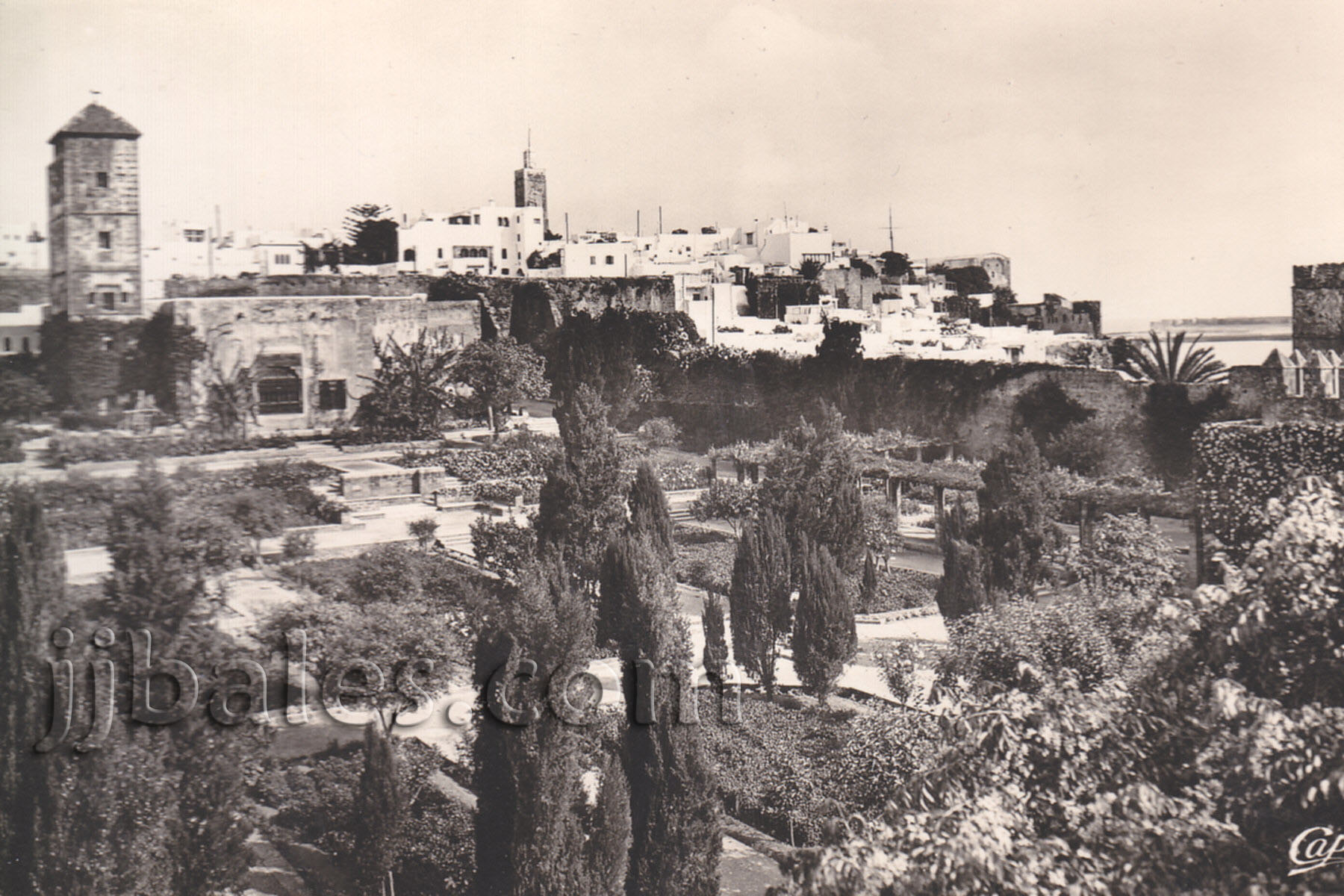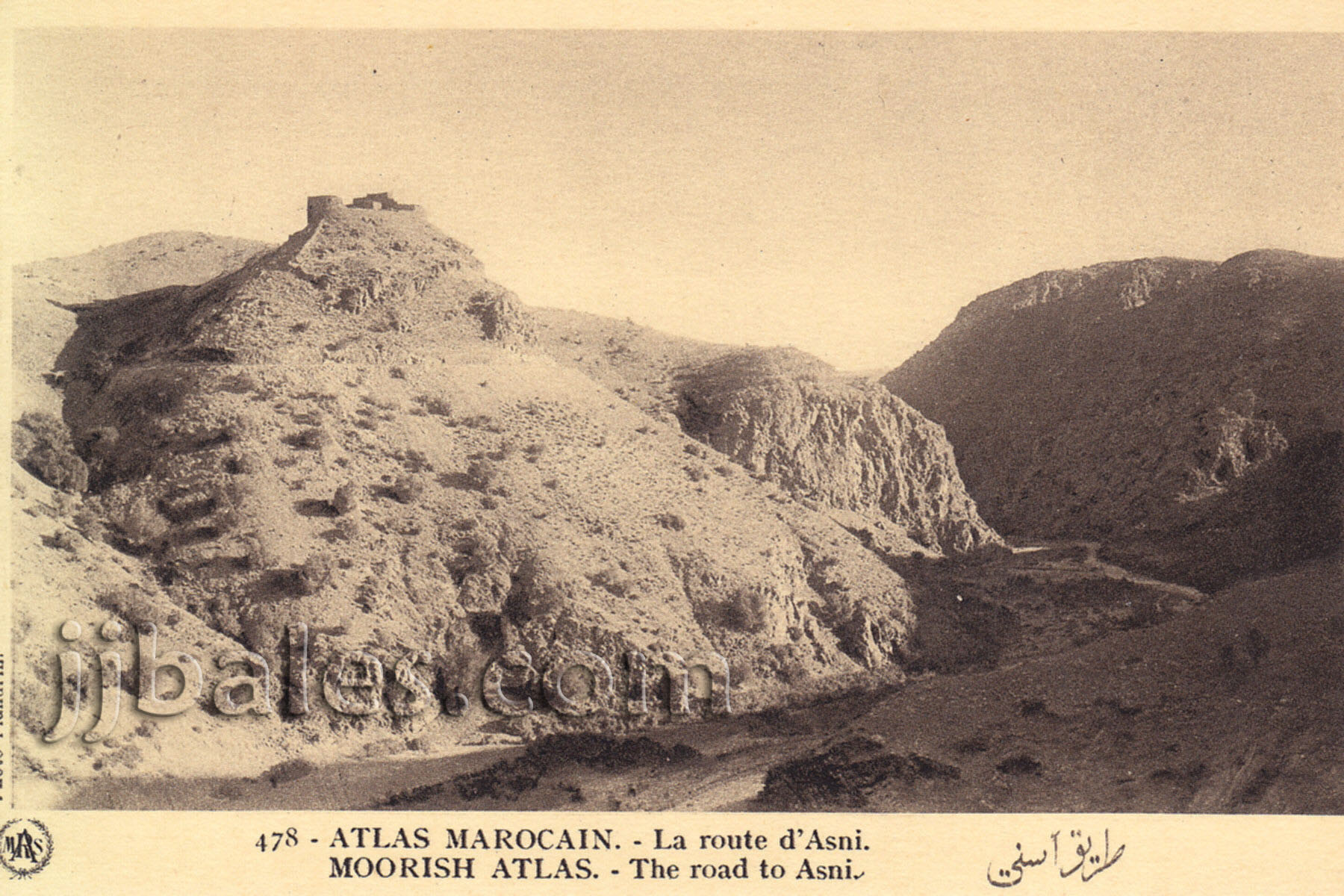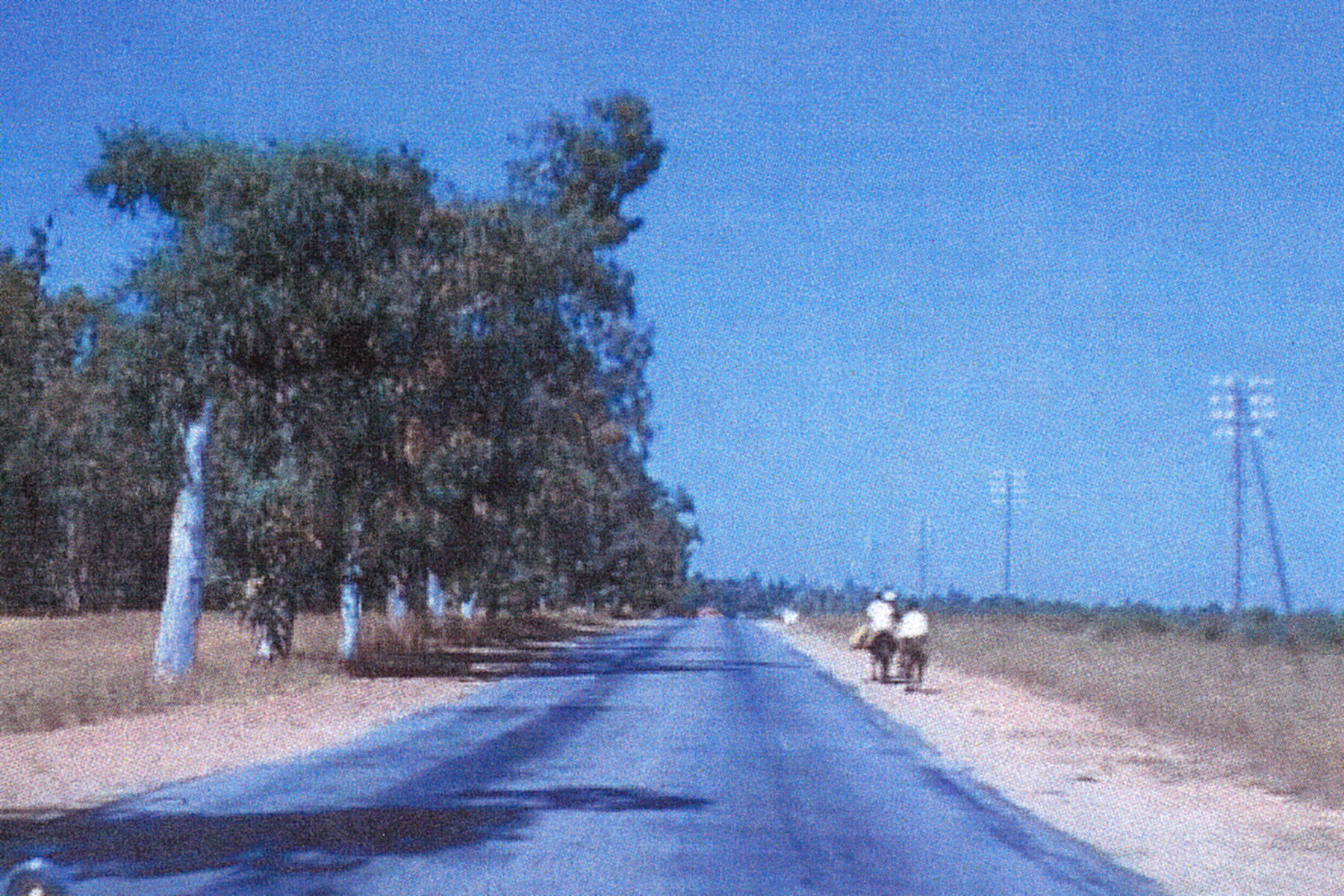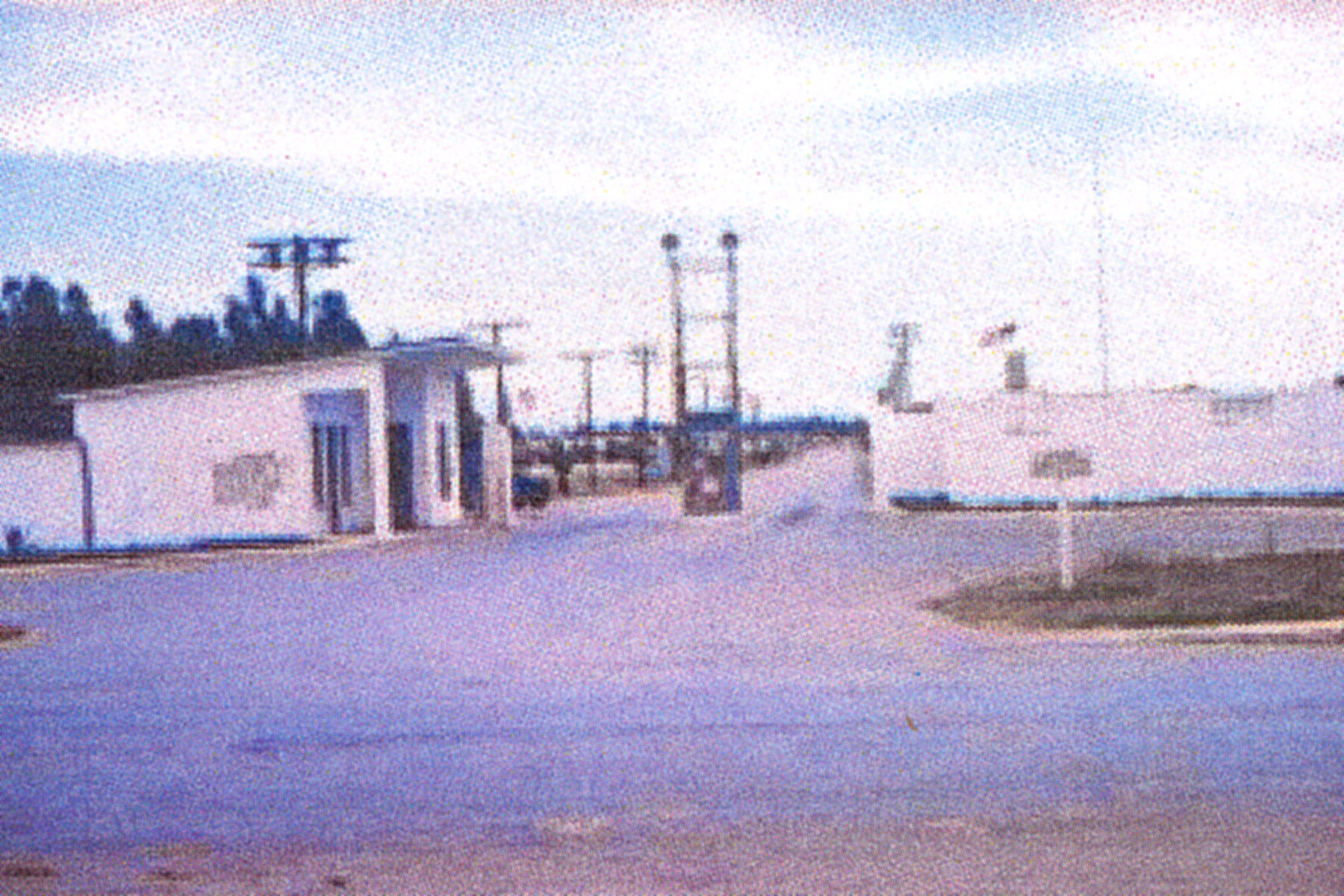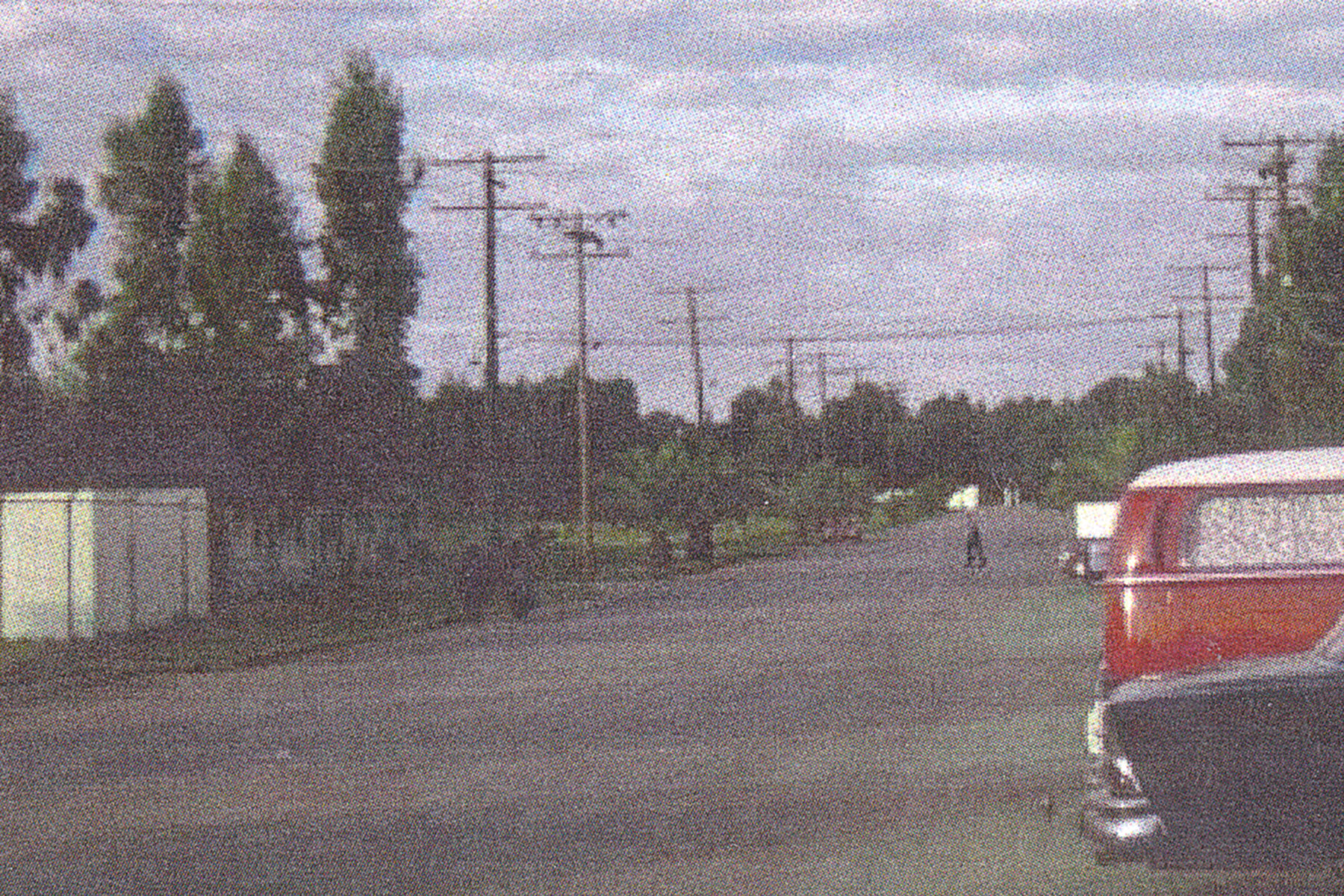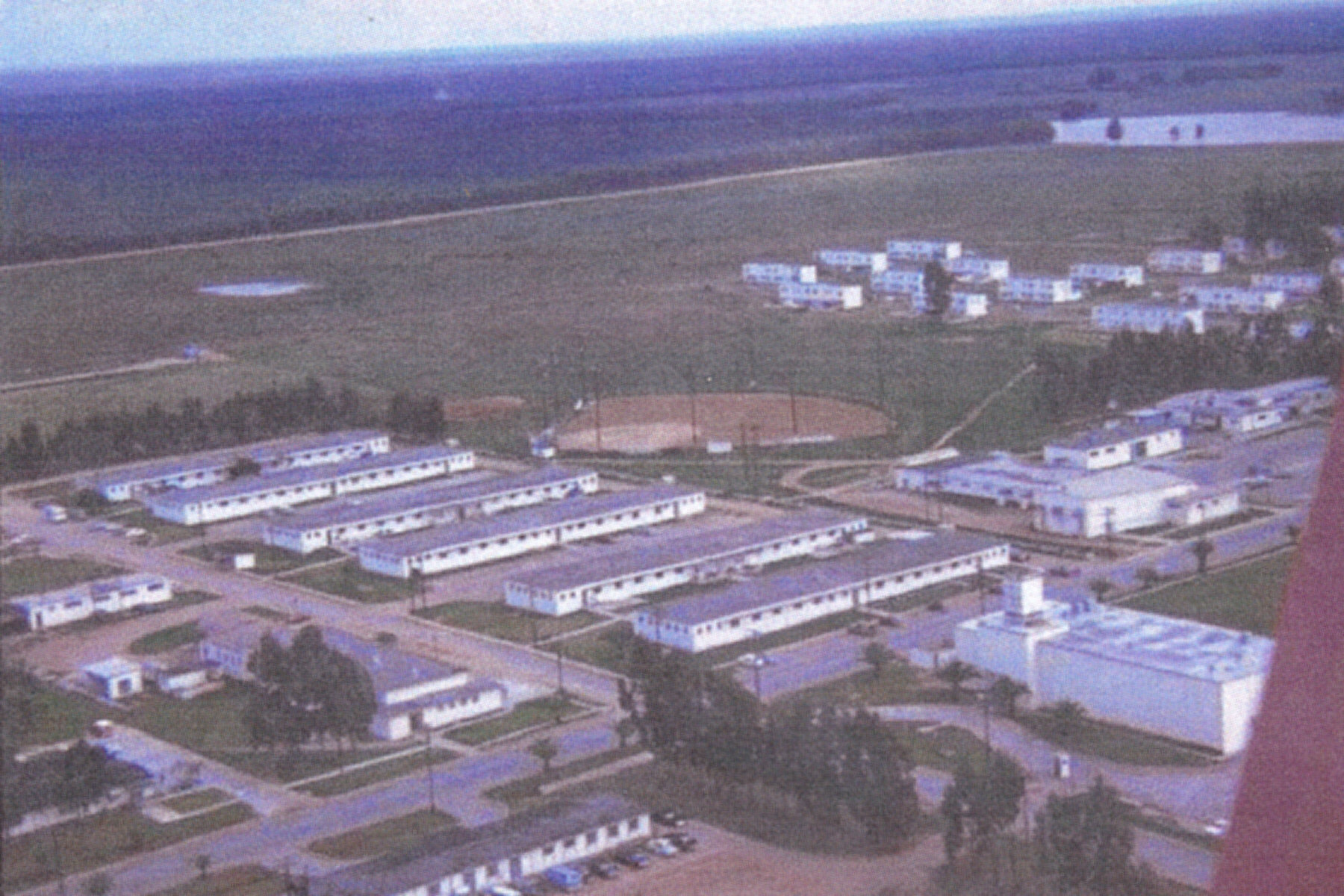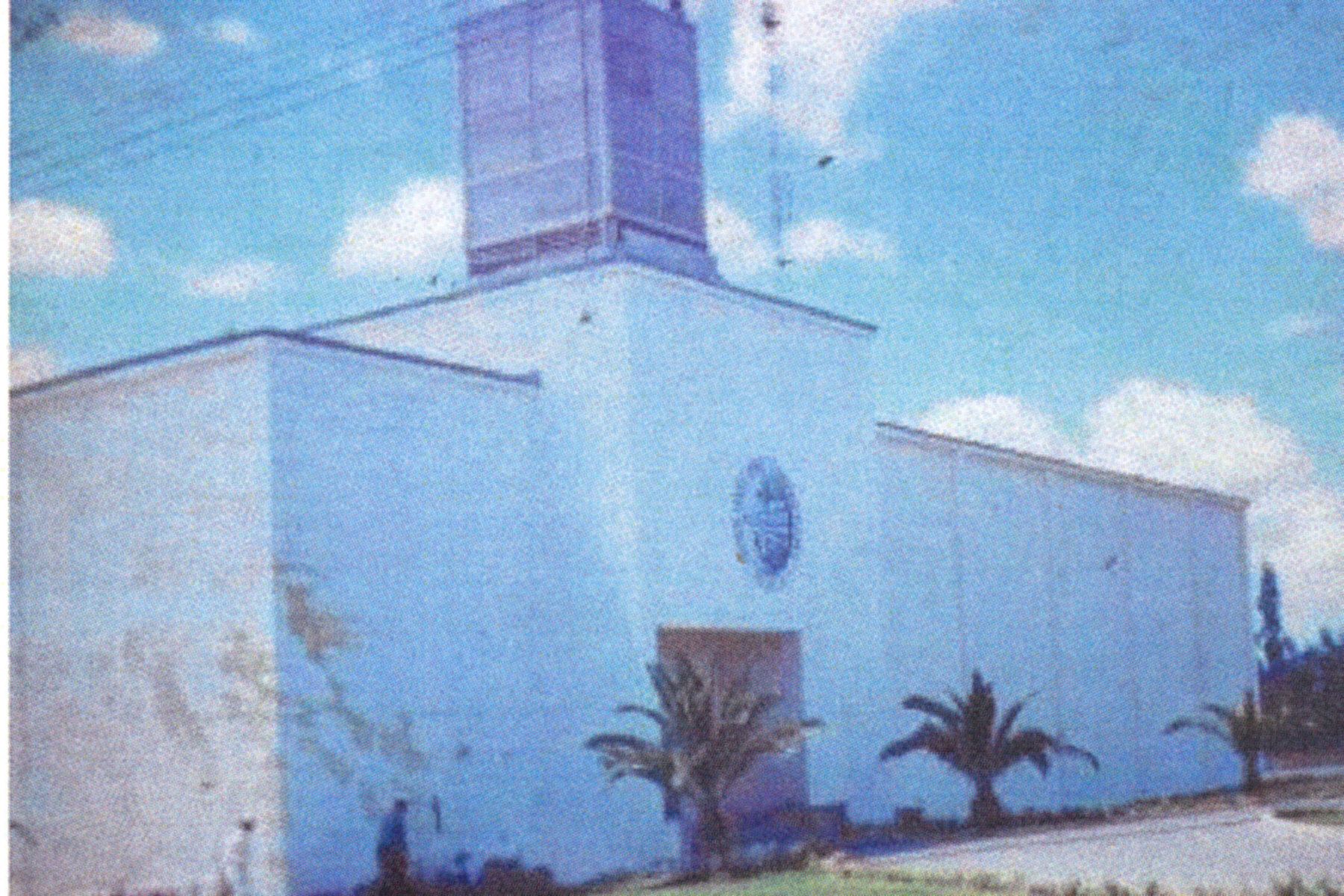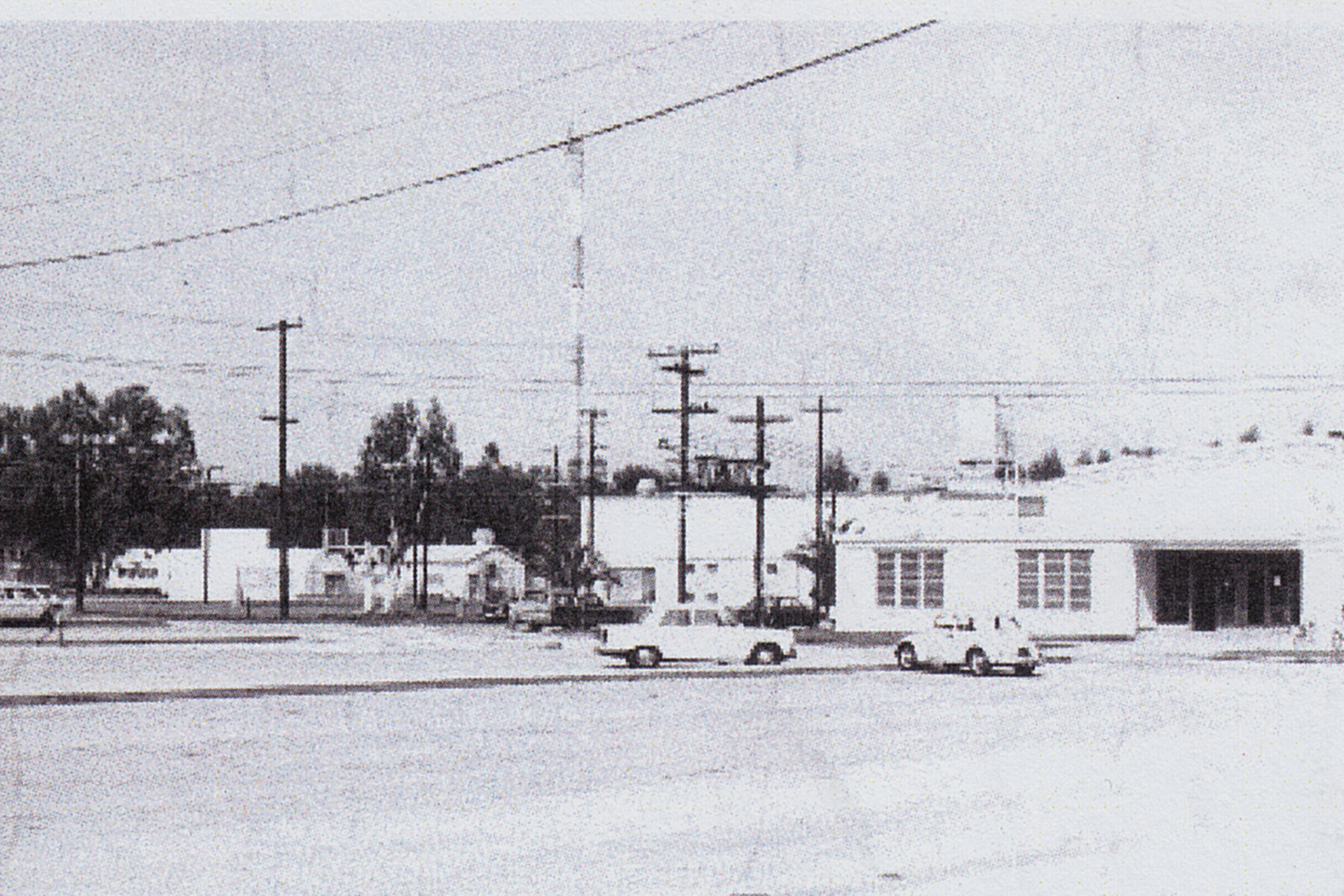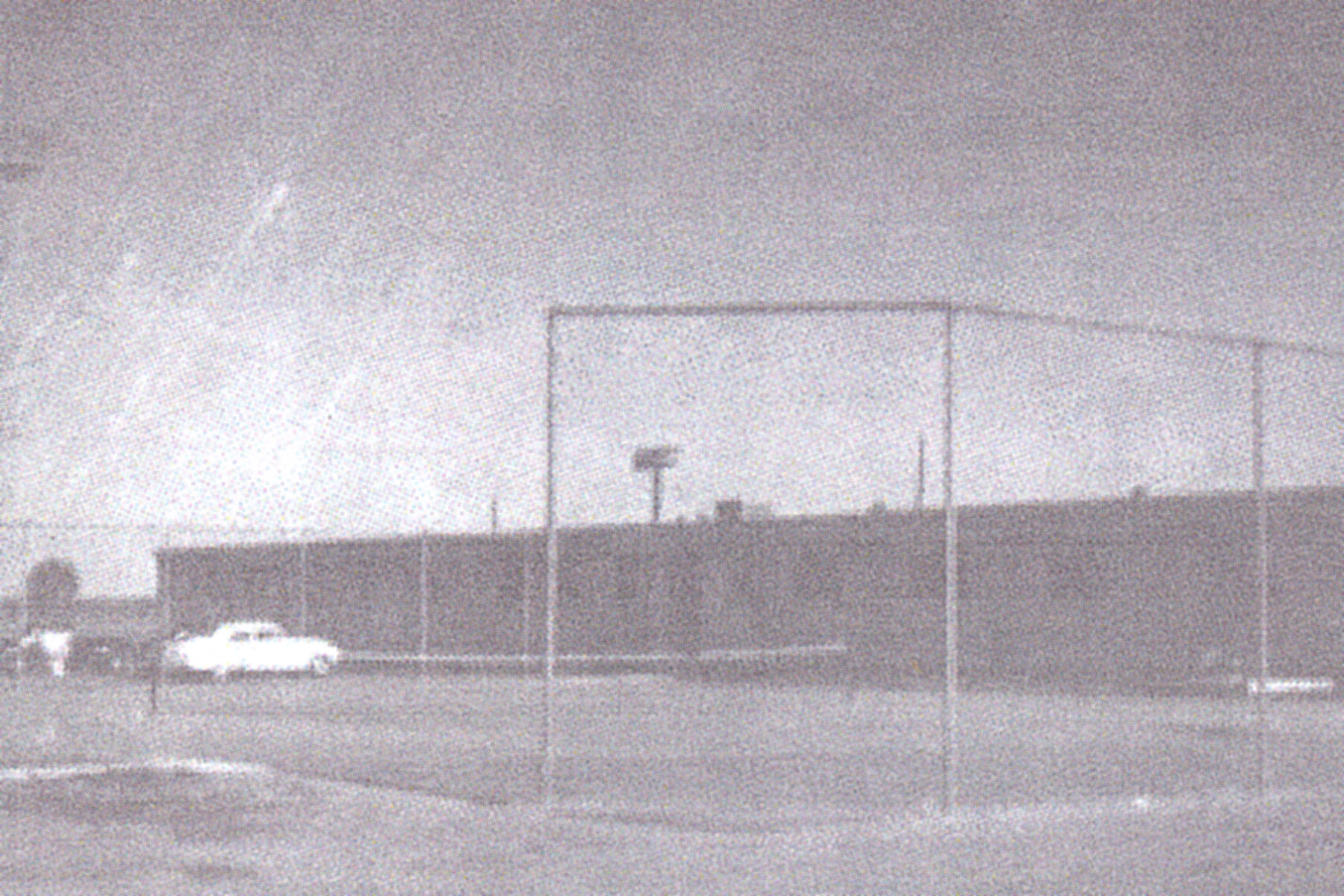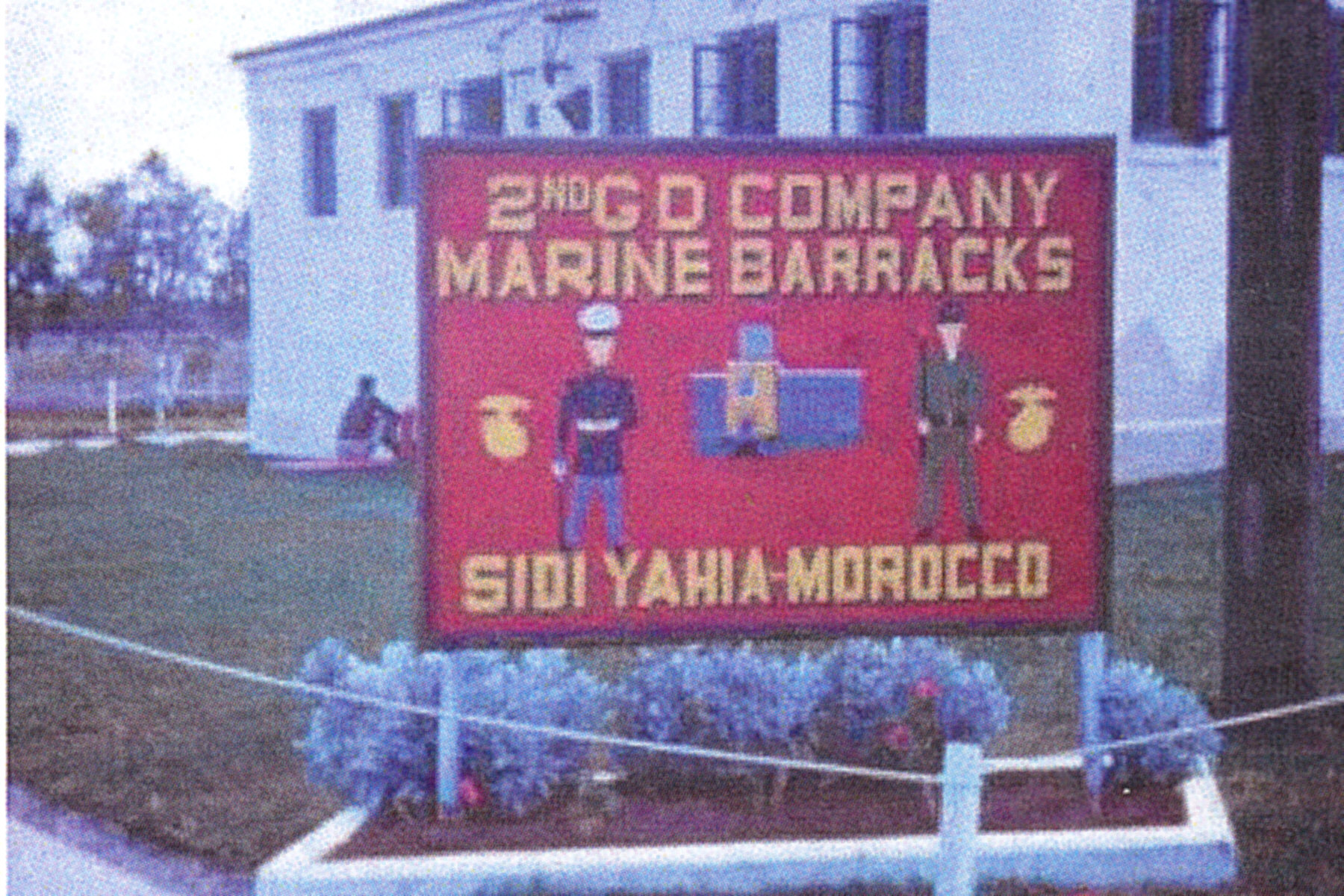Home > Military Memories > Naval Communications Station, Sidi Yahia, Morocco
Naval Communications Station, Sidi Yahia, Morocco
|
In October 1974, we arrived at Mohammed V Airport in Casablanca bound for NCS Sidi Yahia, a small, isolated Cold War-era outpost located about twelve miles inland from Naval Air Station Kenitra (Port Lyautey) in western Morocco. The base, which opened in the mid-1950’s, was located just east of the village of Sidi Yahia el Gharb on Highway N4. To ease the tension with Russian and other Muslim countries Sidi Yahia (and the other American bases) was actually dubbed a Moroccan training center and its American military occupants were “instructors.” To add to the legitimacy American flags were not flown outdoors except on special occasions. In the past the country had also played host to several U.S. Air Force SAC installations including Sidi Slimane, El Nouasser, and Ben Guerir. NCS Sidi Yahia had a small main area with housing surrounded by a massive antenna field. The U.S. Navy utilized the small base, as a receiving station in conjunction with a transmitting station at nearby NCS Bouknadel, to maintain secure communications with the assets of the U.S. Sixth Fleet. I’m sure these bases were also utilized to keep tabs on Russian naval traffic entering and exiting the Mediterranean Sea through the Straits of Gibraltar. The sprawling bases totaled 4,800 acres of land. The country had also played host to several former U.S. Air Force SAC installations including Sidi Slimane, El Nouasser, and Ben Guerir. Outside of NCS Sidi Yahia sat a local pulp (paper) factory, which my dad said was used as a front for a Russian surveillance operation that kept tabs on the nearby American presence. This facility, which went into operation in 1957, is still visible (with its stacks of lumber) on satellite maps if you look directly north of the base. I attended the second grade on base in a small schoolhouse divided into four rooms and known as Sanford G. Hooper Primary School. I believe the older kids were bused to nearby NAS Kenitra for classes at other schools including Thomas Mack Wilhoite High School. Like pretty much every family we had a Fatima or maid who helped out around the house. The fatimas, who were screened to work on the base, were dropped off by a bus at the front gate of the base every morning. Most of them served as in-house maids but others worked at the exchange, bowling alley, or movie theater. Our first Fatima was a rather large woman who did not speak much English. My mom believed she may have stolen money from the house so before long we had a second fatima. Her name was “Asha,” she was twenty-nine years old, spoke fluid English, and was quite pretty. My mom really liked her. Asha was married at age twelve and had nine kids - the first one at age thirteen! She was paid $2 a day as was the norm and did general cleaning and cooking around the house. My mom would give her food and clothes at times, but would have to write a note for her so she could take the items off base. Other things I remember from Sidi Yahia include the German Shepherds and their U.S. Marine handlers that guarded our base, watching my parents play tennis, listening to Suzi Quatro songs at the Fourth of July base picnic, learning the French phrase tout de suite, going to the on-base movie theater, going without TV for six months, collecting American comic books, the terrifying haunted house on the parade grounds during Halloween, an unusual weekend fishing outing to a secluded lake in the Atlas Mountains, eating French Brochettes (which my family still loves today!), and roaming around our small base with my friends. When we first arrived the American military presence in Morocco was already being phased out due to advances in satellite communications. I think the alliance with the Moroccan king and his ministers was weakening as well. We departed even earlier than expected and were only in Morocco for six months. NCS Sidi Yahia was vacated by the end of 1977 and is currently under strict control of the Moroccan Royal Air Force. |











